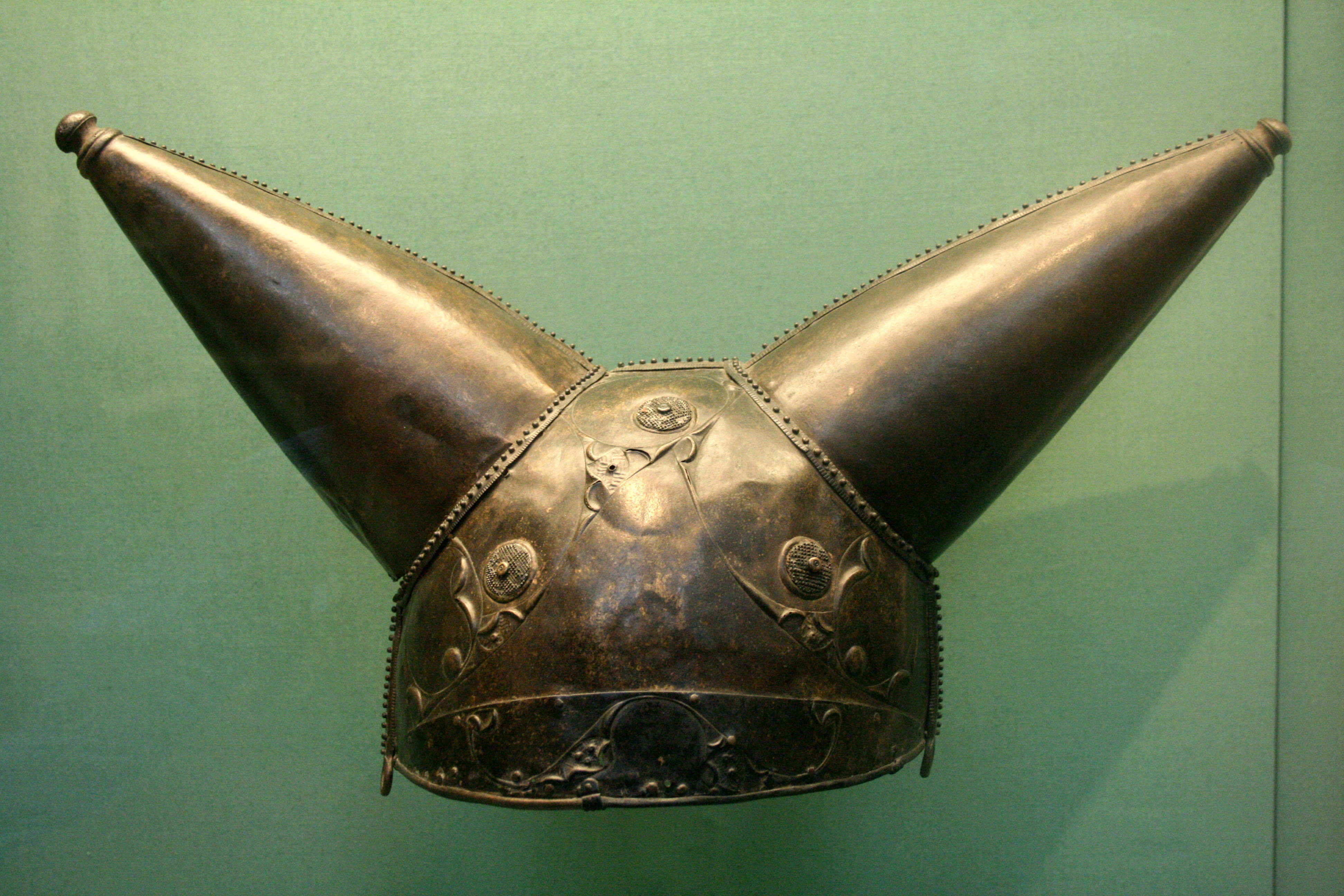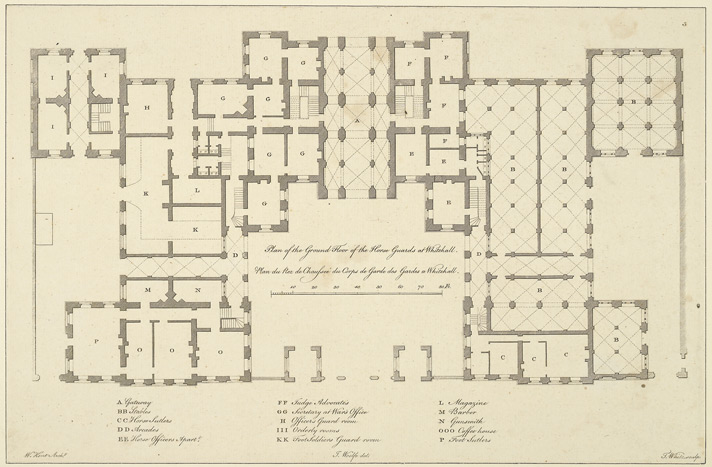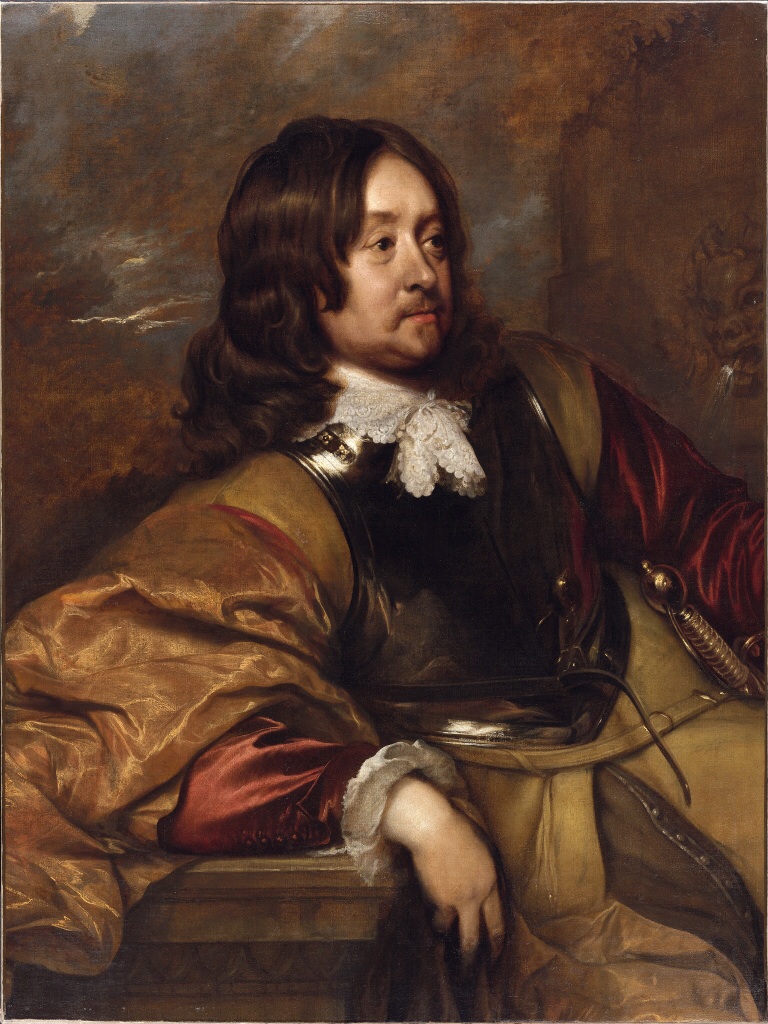|
Sir Stephen Fox
Sir Stephen Fox (27 March 1627 – 28 October 1716) of Farley, Wiltshire, Farley in Wiltshire, of Redlynch, Somerset, Redlynch Park in Somerset, of Chiswick, Middlesex and of Whitehall, was a royal administrator and courtier to King Charles II, and a politician, who rose from humble origins to become the "richest commoner in the three kingdoms".Ferris He made the foundation of his wealth from his tenure of the newly created office of Paymaster of the Forces, Paymaster-General of His Majesty's Forces, which he held twice, in 1661–1676 and 1679–1680. He was the principal force of inspiration behind the founding of the Royal Hospital Chelsea, to which he contributed £13,000 (). Origins Stephen Fox was sixth but fourth surviving son of William Fox, of Farley, Wiltshire, Farley, Wiltshire, a yeoman farmer, by his wife Elizabeth Pavey, a daughter of Thomas Pavy of Plaitford, Hampshire.Hayton His eldest surviving brother was John Fox (1611-1691), John Fox (1611–1691), Clerk o ... [...More Info...] [...Related Items...] OR: [Wikipedia] [Google] [Baidu] |
Royal Hospital Chelsea
The Royal Hospital Chelsea is an Old soldiers' home, Old Soldiers' retirement home and nursing home for some 300 veterans of the British Army. Founded as an almshouse — the ancient sense of the word "hospital" — by King Charles II of England, Charles II in 1682, it is a site located on Royal Hospital Road in Chelsea, London. It is an independent charity and relies partly upon donations to cover day-to-day running costs to provide care and accommodation for veterans. Residents are known as Chelsea Pensioners. The gardens of the Royal Hospital are Grade II listed on the Register of Historic Parks and Gardens of special historic interest in England, Register of Historic Parks and Gardens. History King Charles II of England, Charles II founded the Royal Hospital as a retreat for veterans in 1682.Guidebook, p. 3 The initiative is said to have come from Nell Gwyn according to Peter Cunningham's "The Story of Nell Gwyn" [1851]. The tradition was perpetuated when her portrai ... [...More Info...] [...Related Items...] OR: [Wikipedia] [Google] [Baidu] |
John Evelyn's Diary
The ''Diary'' of John Evelyn (31 October 1620 – 27 February 1706), a gentlemanly Royalist and ''virtuoso'' of the seventeenth century, was first published in 1818 (2nd edition, 1819) under the title ''Memoirs Illustrative of the Life and Writings of John Evelyn'', in an edition by William Bray. Bray was assisted by William Upcott, who had access to the Evelyn family archives. The diary of Evelyn's contemporary Samuel Pepys was first published in 1825, and became more celebrated; but the publication of Evelyn's work in part prompted the attention given to Pepys's. Evelyn's diary has entries running from 1640, when the author was a student at the Middle Temple, to 1706. Its claim to be a diary A diary is a written or audiovisual memorable record, with discrete entries arranged by date reporting on what has happened over the course of a day or other period. Diaries have traditionally been handwritten but are now also often digita ..., as opposed to a memoir, is not stri ... [...More Info...] [...Related Items...] OR: [Wikipedia] [Google] [Baidu] |
City Of London
The City of London, also known as ''the City'', is a Ceremonial counties of England, ceremonial county and Districts of England, local government district with City status in the United Kingdom, city status in England. It is the Old town, historic centre of London, though it forms only a small part of the larger Greater London metropolis. The City of London had a population of 8,583 at the 2021 United Kingdom census, 2021 census, however over 500,000 people were employed in the area as of 2019. It has an area of , the source of the nickname ''the Square Mile''. The City is a unique local authority area governed by the City of London Corporation, which is led by the Lord Mayor of London, Lord Mayor of the City of London. Together with Canary Wharf and the West End of London, West End, the City of London forms the primary central business district of London, which is one of the leading financial centres of the world. The Bank of England and the London Stock Exchange are both ba ... [...More Info...] [...Related Items...] OR: [Wikipedia] [Google] [Baidu] |
Horse Guards (building)
Horse Guards is a historic building in the City of Westminster, London, between Whitehall and Horse Guards Parade. It was built in the mid-18th century, replacing an earlier building, as a barracks and stables for the Household Cavalry. The current and previous buildings were, between the early 18th century and 1858, the main military headquarters for the British Empire. Horse Guards originally formed the entrance to the Palace of Whitehall and later St James's Palace; for that reason it is still ceremonially defended by the King's Guard#King's Life Guard, King's Life Guard. Although still in military use, part of the building houses the Household Cavalry Museum which is open to the public. It also functions as a gateway between Whitehall and St James's Park. History The first Horse Guards building was commissioned by Charles II of Great Britain, King Charles II in 1663, on the site of a cavalry stables which had been built on the tiltyard of the Palace of Whitehall during th ... [...More Info...] [...Related Items...] OR: [Wikipedia] [Google] [Baidu] |
Commonwealth Of England
The Commonwealth of England was the political structure during the period from 1649 to 1660 when Kingdom of England, England and Wales, later along with Kingdom of Ireland, Ireland and Kingdom of Scotland, Scotland, were governed as a republic after the end of the Second English Civil War and the High Court of Justice for the trial of Charles I, trial and execution of Charles I. The republic's existence was declared through "An Act declaring England to be a Commonwealth", adopted by the Rump Parliament on 19 May 1649. Power in the early Commonwealth was vested primarily in the Parliament and a English Council of State, Council of State. During the period, fighting continued, particularly in Ireland and Scotland, between the parliamentary forces and those opposed to them, in the Cromwellian conquest of Ireland and the Anglo-Scottish war of 1650–1652. In 1653, after dissolution of the Rump Parliament, the Army Council (1647), Army Council adopted the Instrument of Gover ... [...More Info...] [...Related Items...] OR: [Wikipedia] [Google] [Baidu] |
English Civil War
The English Civil War or Great Rebellion was a series of civil wars and political machinations between Cavaliers, Royalists and Roundhead, Parliamentarians in the Kingdom of England from 1642 to 1651. Part of the wider 1639 to 1653 Wars of the Three Kingdoms, the struggle consisted of the First English Civil War and the Second English Civil War. The Anglo-Scottish war (1650–1652), Anglo-Scottish War of 1650 to 1652 is sometimes referred to as the ''Third English Civil War.'' While the conflicts in the three kingdoms of England, Kingdom of Scotland, Scotland and Kingdom of Ireland, Ireland had similarities, each had their own specific issues and objectives. The First English Civil War was fought primarily over the correct balance of power between Parliament of England, Parliament and Charles I of England, Charles I. It ended in June 1646 with Royalist defeat and the king in custody. However, victory exposed Parliamentarian divisions over the nature of the political settlemen ... [...More Info...] [...Related Items...] OR: [Wikipedia] [Google] [Baidu] |
Oliver Cromwell
Oliver Cromwell (25 April 15993 September 1658) was an English statesman, politician and soldier, widely regarded as one of the most important figures in British history. He came to prominence during the Wars of the Three Kingdoms, initially as a senior commander in the Parliamentarian army and latterly as a politician. A leading advocate of the execution of Charles I in January 1649, which led to the establishment of the Commonwealth of England, Cromwell ruled as Lord Protector from December 1653 until his death. Although elected Member of Parliament (MP) for Huntingdon in 1628, much of Cromwell's life prior to 1640 was marked by financial and personal failure. He briefly contemplated emigration to New England, but became a religious Independent in the 1630s and thereafter believed his successes were the result of divine providence. In 1640 he was returned as MP for Cambridge in the Short and Long Parliaments. He joined the Parliamentarian army when the First Engl ... [...More Info...] [...Related Items...] OR: [Wikipedia] [Google] [Baidu] |
Clerk Of The Green Cloth
The Clerk of the Green Cloth was a position in the British Royal Household. The clerk acted as secretary of the Board of Green Cloth, and was therefore responsible for organising royal journeys and assisting in the administration of the Royal Household. From the Restoration, there were four clerks (two clerks and two clerks comptrollers). Two additional clerks comptrollers were added in 1761, but one of these was redesignated a clerk in 1762. Remuneration Each clerk had a salary of £500, with lodgings, diet, fees on the signing of contracts and ancient rights of 'Wast, Command and Remaines', i.e., leftover provisions, which was replaced with an allowance of £438 in 1701, increased to £518 in 1761 (making a total of £1018). Each clerk had a clerk or writer, who was paid £50 with other fees and allowances, fixed at £150 in 1761 and converted to a salary of £180 in 1769.'The household below stairs: Clerks of the Green Cloth 1660-1782', ''Office-Holders in Modern Britain: V ... [...More Info...] [...Related Items...] OR: [Wikipedia] [Google] [Baidu] |
Stuart Restoration
The Stuart Restoration was the reinstatement in May 1660 of the Stuart monarchy in Kingdom of England, England, Kingdom of Scotland, Scotland, and Kingdom of Ireland, Ireland. It replaced the Commonwealth of England, established in January 1649 after the execution of Charles I, with his son Charles II of England, Charles II. The Commonwealth of England had been governed by Lord Protector Oliver Cromwell and then his son Richard Cromwell. The term is also used to describe the reign of Charles II (1660–1685), and sometimes that of his younger brother King James II, James II (1685–1688). The Protectorate After Richard Cromwell, Lord Protector from 1658 to 1659, ceded power to the Rump Parliament, Charles Fleetwood and John Lambert (general), John Lambert then dominated government for a year. On 20 October 1659, George Monck, the governor of Scotland under the Cromwells, marched south with his army from Scotland to oppose Fleetwood and Lambert. Lambert's a ... [...More Info...] [...Related Items...] OR: [Wikipedia] [Google] [Baidu] |
George Monck, 1st Duke Of Albemarle
George Monck, 1st Duke of Albemarle (6 December 1608 3 January 1670) was an English military officer and politician who fought on both sides during the Wars of the Three Kingdoms. A prominent military figure under the Commonwealth, his support was crucial to the 1660 Stuart Restoration of Charles II. Monck began his military career in 1625 and served in the Eighty Years' War until 1638, when he returned to England. Posted to Ireland as part of the army sent to suppress the Irish Rebellion of 1641, he quickly gained a reputation for efficiency and ruthlessness. After Charles I agreed to a truce with the Catholic Confederacy in September 1643, he was captured fighting for the Royalists at Nantwich in January 1644 and remained a prisoner for the next two years. Released in 1647, he was named Parliamentarian commander in Eastern Ulster, fought in Scotland under Oliver Cromwell in the 1650 to 1652 Anglo-Scottish War, and served as General at sea during the 1652 to 1654 First ... [...More Info...] [...Related Items...] OR: [Wikipedia] [Google] [Baidu] |
Edward Hyde, 1st Earl Of Clarendon
Edward Hyde, 1st Earl of Clarendon (18 February 16099 December 1674) was an English statesman, lawyer, diplomat and historian who served as chief advisor to Charles I during the First English Civil War, and Lord Chancellor to Charles II from 1660 to 1667. Hyde largely avoided involvement in the political disputes of the 1630s until elected to the Long Parliament in November 1640. Like many moderates he felt attempts by Charles I to rule without Parliament had gone too far, but by 1642 felt Parliament's leaders were, in turn, seeking too much power. A devout believer in an Episcopalian Church of England, his opposition to Puritan attempts to reform it drove much of his policy over the next two decades. He joined Charles in York shortly before the First English Civil War began in August 1642, and initially served as his senior political advisor. However, as the war turned against the Royalists, his rejection of attempts to build alliances with Scots Covenanters or Irish C ... [...More Info...] [...Related Items...] OR: [Wikipedia] [Google] [Baidu] |
Charles II Of England
Charles II (29 May 1630 – 6 February 1685) was King of Scotland from 1649 until 1651 and King of England, Scotland, and King of Ireland, Ireland from the 1660 Restoration of the monarchy until his death in 1685. Charles II was the eldest surviving child of Charles I of England, Scotland and Ireland and Henrietta Maria of France. After Charles I's execution at Palace of Whitehall, Whitehall on 30 January 1649, at the climax of the English Civil War, the Parliament of Scotland proclaimed Charles II king on 5 February 1649. However, England entered the period known as the English Interregnum or the English Commonwealth with a republican government eventually led by Oliver Cromwell. Cromwell defeated Charles II at the Battle of Worcester on 3 September 1651, and Charles Escape of Charles II, fled to mainland Europe. Cromwell became Lord Protector of England, Scotland and Ireland. Charles spent the next nine years in exile in France, the Dutch Republic and the Spanish Netherlands. ... [...More Info...] [...Related Items...] OR: [Wikipedia] [Google] [Baidu] |









